[Editor’s Note: When Robert von Sternberg emailed me this past summer to inform me about The Museum Project, asking if I’d consider writing about it at this blog, I became immediately intrigued. An offbeat idea had succeeded, far beyond the expectations of Robert, his collaborator Darryl Curran, and, I suspect, the participants at both ends of the process he invented and facilitated: collective donation by artists of photographic work to museums and other non-profit collections.
Seeing no reason to paraphrase or synopsize their story, I thought it best to let them tell it themselves. So I conducted an email interview with them, the outcome of which started a few days ago and concludes below. As Curran says, “Robert was the workhorse,” so he does most of the talking, with Darryl chiming in now and again. (For clarity, because his initials and mine overlap, I’ve indented Darryl’s comments.)
With their permission, I have illustrated this Q&A with images by the photographers who have participated in the project so far. An exhibition of selected works by the participants, guest-curated by von Sternberg, opened on September 12 at dnj gallery in Santa Monica. Part 2 of the Q&A appears below; click here for Part 1. — A. D. C.]
•
The Museum Project: Q&A with Robert von Sternberg
and Darryl Curran (continued)
ADC: Did any snowball effect or chain reaction happen — with institutions learning from each other that this project was underway, and asking to be included (like Tim Wride at the Norton)?
RvS: Stephen Phillips from the Federal Reserve Bank Art Collection heard about what I was doing and contacted me directly. Diana Daniels from the Crocker Art Museum in Sacramento told Mark White at the Fred Jones, Jr. Museum of Art in Norman, Oklahoma about the project and when I emailed him he was ready to proceed. In reality, 98% of the donations resulted from my independent research, followed by sending out the donation offer letters. (Click here for a PDF of the TMP information sheet, which lists all the participating artists and recipient institutions.)
ADC: How did you handle the logistics of print-gathering and delivery? Did you collect, organize, package, and send them on as groups, or were the individual photographers responsible for fulfilling donations once accepted?
RvS: Darryl and I try to combine a few other local participants’ work in single shipments when it is convenient to do so, but museums provide us with their FedEx or UPS account numbers, and they are made fully aware that work will be delivered independently from most of the donors.
I do all the coordination of information delivery for the group, but the deeds of gift and non-exclusive copyright agreements, etc. are sent directly to the artists for hard-copy signatures. I have created an artists’ contact data list which I share with museums for that purpose, after they have made their image choices known to me.
ADC: Is this project complete at this point? If not, do you envision a completion point?
RvS: In terms of our initial “mission statement,” the project was over a long time ago. Originally the project goal was to donate work to 10 or perhaps 15 museums, with a total estimated “gallery retail” value of $150,000. As of today we are at 82 museum donations. Prints donated to date: approximately 1,380. The donated print value appears to be $2,211,750.00, with additional museums still on my “active” list.
I keep thinking we must be reaching a saturation point, in terms of both potentially interested museums and my own willingness to dedicate the large amount of time required to administer the project. My wife and I are going to take a 6-week road trip from here to Nova Scotia and return — looking for a few more Kodak moments. I plan to re-evaluate my commitment to the project when we return.
Multiple factors caused me to create the project. Feeling little or no satisfaction writing annual checks to invisible charities. Offering the Red Cross acreage we inherited in Arizona that they said they would gladly accept — but then they never sent the required paperwork for transfer of title, even with me telephoning them every two weeks for 6 months. (Eventually I gave up and we listed and sold the property in 6 days.) I asked our CPA about my desire to feel a connection with charitable donations and his answer was for us to pick a charity that was meaningful to my wife and myself.
I have enjoyed the process and still take delight in the idea of sharing the other project artists’ work with public audiences far beyond my geographical familiarity.
When thinking about bringing the project to a close, I am just not sure as to when that should be. This vague indecision may be a result of my personally feeling responsible for the project artists that Darryl and I have been able to include recently in the donation process. (Click here for a PDF of the TMP information sheet, which lists all the participating artists and recipient institutions.)
ADC: Do you plan to continue this project in the future with a second round?
RvS: When complete, probably not.
DC: For my part, I would like to try a second round. I have a backlog of vintage work that I want to “place” if possible.
ADC: Can you give a rough estimate of the amount of time and (if applicable) money that you and Darryl put into this?
RvS: Approximately 4,500 hours +/-, $1,804 in shipping and packaging, plus an additional $2,560 in printing costs for donated images. I am unfamiliar with Darryl’s actual expenses to date.
DC: Robert is the work horse. He has done the bulk of the research, contacting institutions and participants as well as shipping/crating. I have spent money on shipping materials simply to speed up the packaging process, a few hundred dollars a year. As the number of packages increased I developed a smoother system and elapsed time from start to finish decreased from several hours to less than two, plus driving to the shipper.
I calculated that I have spent $4,280 for printing (I have my digital
work printed at Nash Editions). Shipping materials come to $1,432 (includes corrugated board, boxes, tape, glue, archival paper, archival sleeves). Shipping extras ($400 for shipping that was never reimbursed by the institution). Total is roughly $6,000. Number of hours spent, roughly 700.
[Note: After several exchanges with von Sternberg and Curran over time and expenses, I determined the following:
• Because they never planned to apply for any grants, nor expected the project to grow to this size, they never kept track of their time or expenses in any formal accounts. Additionally, because they functioned as project managers but also as project participants, it is difficult to separate out the time and money invested in those two different roles.
• Their combined managerial costs for the project — postage for correspondence, phone calls, etc. — were minimal, perhaps $300.
• Most of the costs incurred, as indicated above, were for printing and related supplies and packing/shipping materials. Whenever convenient, von Sternberg and Curran bundled other participants’ donated prints with their own, covering the related costs of packaging from their own pockets. Most participants printed, packaged, and shipped their own donations. (The recipient institutions paid for shipping costs.)
• Thus the time and expenses involved in fulfilling their own donations of work becomes inextricable from hours and costs incurred through helping other participants fulfill their orders. However, both project managers indicate that most of the costs they incurred resulted from fulfillment of their own donations, with minimal expenses ascribable to managerial activities. For further details, see von Sternberg’s explanation in the TMP information sheet. — A. D. C.]
ADC: Aside from the work now deposited at the recipient institutions, and this interview, do you plan to leave any permanent trace of the project — a book, a touring show, a website?
RvS: Silvershotz magazine is probably doing a small piece about the exhibit I guest-curated for dnj Gallery, entitled “The Museum Project 2012-2015,” opening September 12 [located in Santa Monica’s Bergamot Station]. That article will contain pictures from the show created by fewer than one-third of the project artists — and no interviews were requested from any of us.
My local periodical, Malibu Magazine, has put together a small-scale article about my efforts and the dnj show, which is supposed to be distributed for their September-October issue. They may include 4-5 photos from the show.
Elaine Vedette Tack has taken an interest in the project and is scheduled to do video interviews for a possible documentary about our efforts. She has an interesting background in network news broadcasting and has produced a lot of independent documentary videos — but she does not seem to have any connection to the world of photography in a fine-art context. She is a friend of a close friend of my wife Patricia.
I do not have the energy or the background to put together a book. However, as much as possible, I would help anyone who wanted to create a book based on this project.
Touring shows were easier when the work was shipped unframed and exhibition calendars were not filled 2-3 years in advance. I enjoyed the ones I guest-curated in the past, so I am not closed to the idea — if someone approached me with a request for Darryl and I to put a show together. We have worked together in the past and that has always been a pleasure for me.
I have yet to even obtain my own website so that concept is probably not on the immediate “to do” list.
ADC: Did you learn any hard lessons — musts to avoid, as they say, for anyone inclined to try this themselves?
RvS:
- Expecting everyone contacted to return emails.
- Expecting quick response time from curators after they have requested image samples. “Glacial speed” is a term now familiar to me.
- Learning that some large museums will collect, but then ignore work donated — and the donated prints will probably never “see the light of day.” We were told this before the project started, and I basically avoided making offers to museums that had a reputation for this.
- Numerous museums, in my opinion, especially ones not located within the U.S., often appear to have rather provincial views of photography as an art form.
DC: Yes, keep accurate records and send clear packaging/unpacking instructions. One institution didn’t receive a print and I know that I packed it. I’m sure that it was discarded with the package because I didn’t include a packing list with instructions on how to unpack.
ADC: Do you consider this a replicable project — could someone else undertake the same effort, or something similar, with different photographers and recipient institutions?
RvS: Absolutely.
•
(Part 1 I 2)
All images were included in donations made through The Museum Project (TMP), reproduced by permission of TMP, and copyrighted by the artists. Click to enlarge.
•
In 1970, after completing graduate school at California State University, Long Beach, Robert von Sternberg became department chairperson of the Santa Ana College Department of Art, guest-curated his first museum exhibition (“Continuum,” at the Downey Museum of Art), and received a museum commission from Thomas Garver, director of the Newport Harbor Art Museum, to create create a “social landscape” documentary view of the neighborhood surrounding the museum. Two additional photographers joined von Sternberg in that one-year project. The exhibition, entitled “Balboa and the Fun Zone,” was featured in a six-page article in Art in America magazine.
From 1971 to 2006 von Sternberg taught photography in the Art Department at California State University, Northridge. During his professorship at CSUN he guest-curated 12 gallery and museum exhibitions, and had his own work exhibited in over 212 museum and gallery shows. Photographic images by von Sternberg are now included in permanent collections of 95 national and international museums of fine art.
Robert and his wife are both California natives and continue to reside in southern California. To contact Robert von Sternberg, click here.
•
Darryl Curran became interested in the creative potential of the medium of photography while an undergrad at UCLA in the late 1950s. He blended the camera’s realism with light and chemical options to create surreal/pop metaphoric images. A year-long trip to Europe, the Middle East, and North Africa seasoned his vision and thirst for learning about diverse cultures.
Curran was hired to establish a Creative Photography program at California State University Fullerton in 1967, and retired from the faculty there in 2000. He has been an active member of the Southern California photography and art community, was President of the Los Angeles Center for Photographic Studies, worked on the 1984 “10 Photographers/Olympic Images” project, and curated and juried a number of exhibitions.
Curran’s work has been featured in twenty solo exhibitions as well as numerous group shows, including “Photography into Sculpture” (MoMA 1970), “Proof: Los Angeles Art and the Photograph,” and “Empowered Images: a Cultural Presentation of the United States of America.” To visit his website, click here. To contact Darryl Curran, click here.


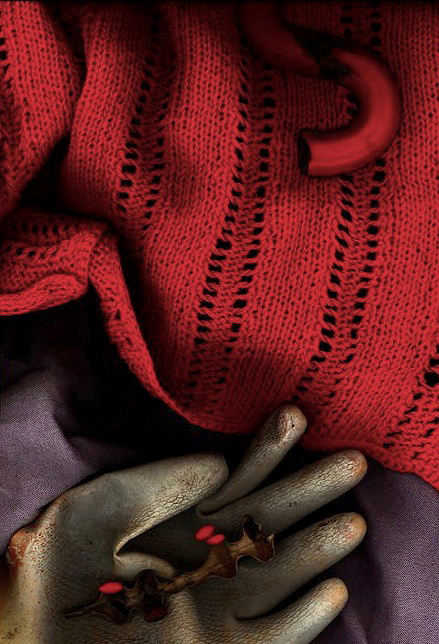
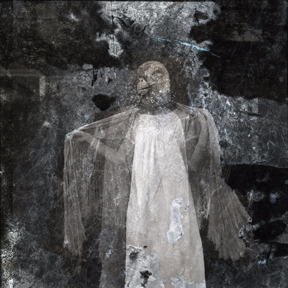
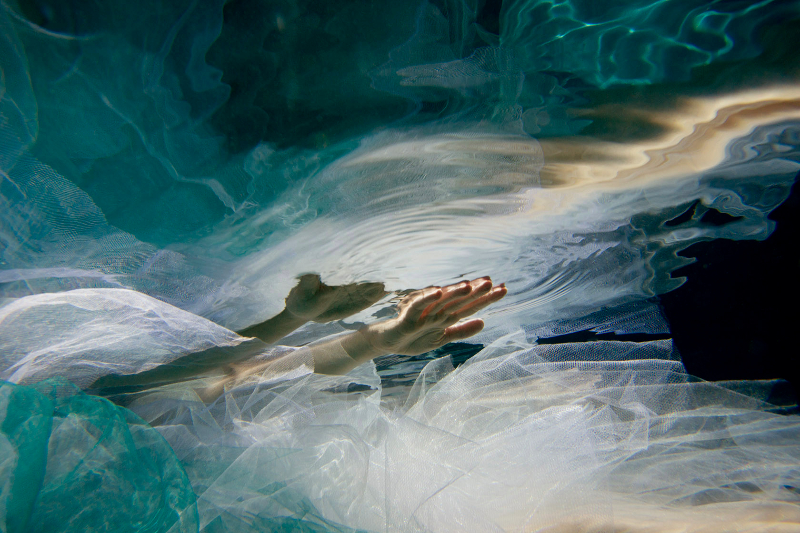
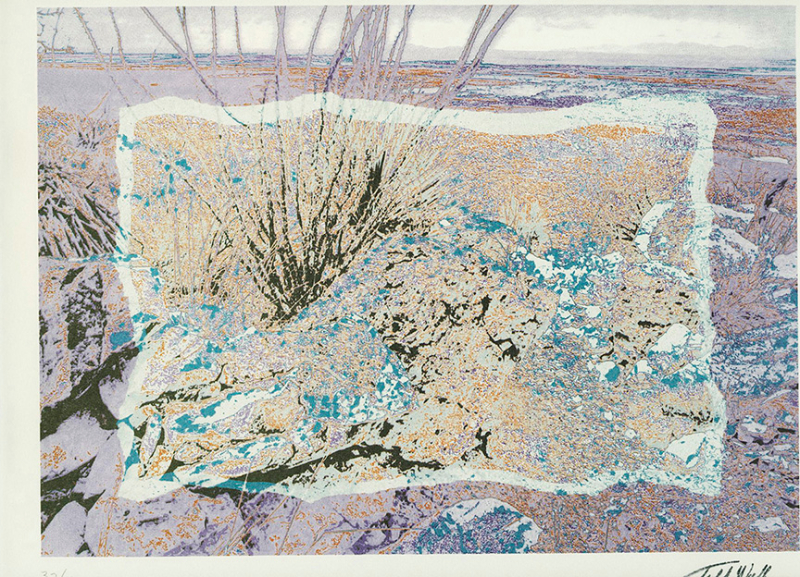
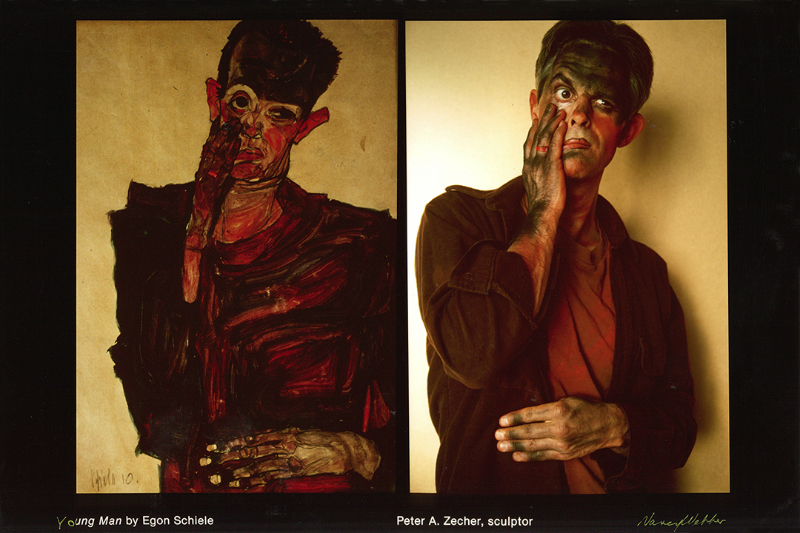
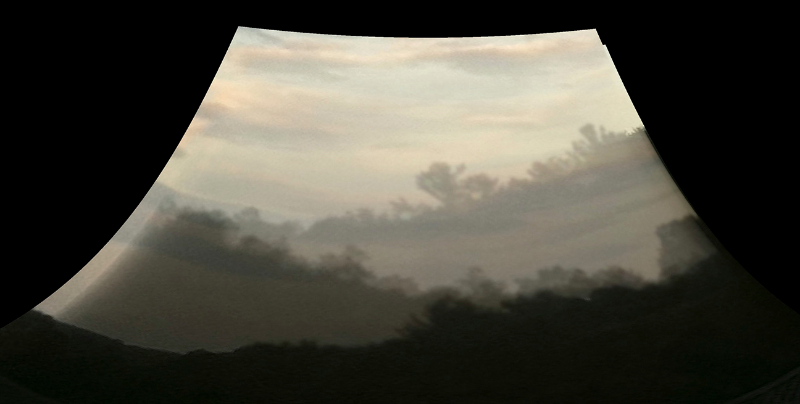
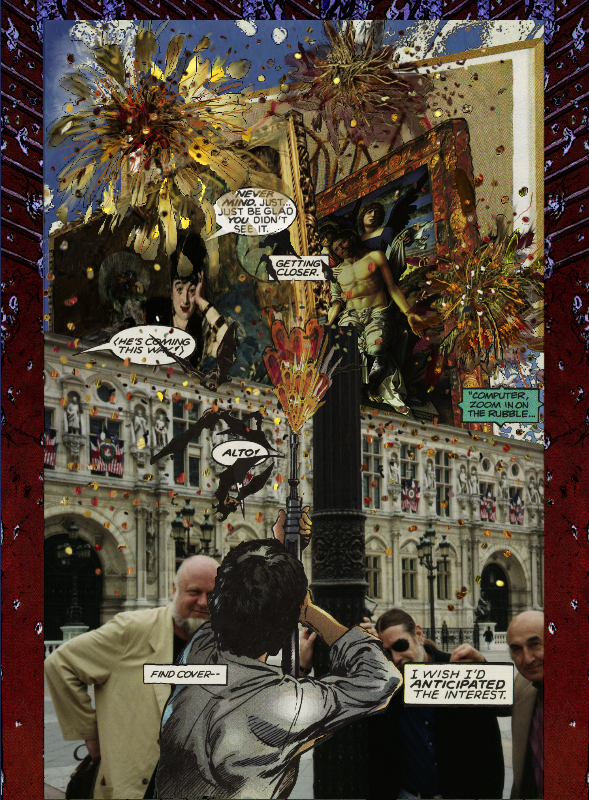
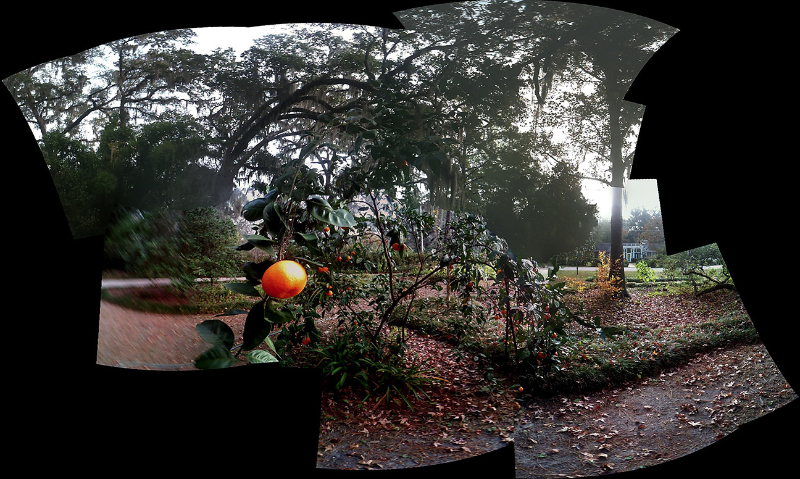
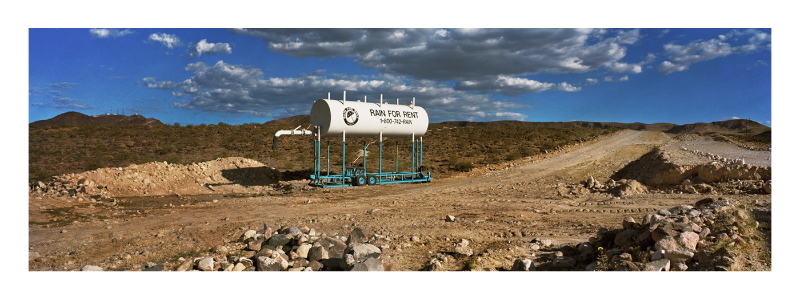
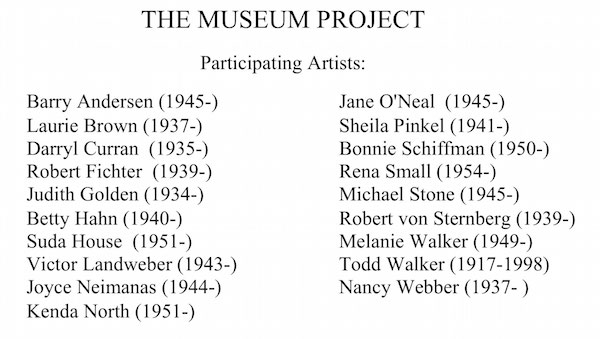
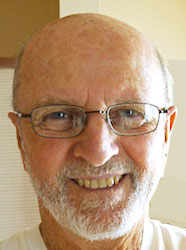
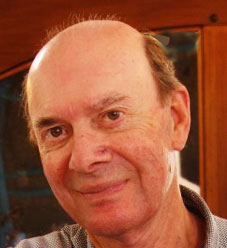




Leave a Comment